New crime scene evidence
A stunning forensic breakthrough
The killer revealed
RUSSELL EDWARDS
Lyons Press
Guilford, Connecticut
Helena, Montana
An imprint of Rowman & Littlefield
First published 2014 by Sidgwick & Jackson
an imprint of Pan Macmillan, a division of Macmillan Publishers Limited
Pan Macmillan, 20 New Wharf Road, London N1 9RR
Basingstoke and Oxford
First Lyons Press edition, 2014
Lyons Press is an imprint of Rowman & Littlefield
Distributed by NATIONAL BOOK NETWORK
Copyright 2014 by Russell Edwards
The picture acknowledgements on page 298 constitute an extension of this copyright page.
All rights reserved. No part of this book may be reproduced or transmitted in any form by any means, electronic or mechanical, including photocopying and recording, or by any information storage and retrieval system, except as may be expressly permitted in writing from the publisher.
British Library Cataloguing-in-Publication Information available
Library of Congress Cataloging-in-Publication Data available
ISBN 978-1-4930-1190-2 (hardcover)
eISBN 978-1-4930-1407-1 (eBook)
 The paper used in this publication meets the minimum requirements of American National Standard for Information SciencesPermanence of Paper for Printed Library Materials, ANSI/NISO Z39.48-1992.
The paper used in this publication meets the minimum requirements of American National Standard for Information SciencesPermanence of Paper for Printed Library Materials, ANSI/NISO Z39.48-1992.
For Sally,
Alexander and Annabel
* * * *
CONTENTS
INTRODUCTION
I t was Saturday, 17 March 2007, St Patricks Day. Not that I was even aware of the saints day: the date had a much greater significance for me. It was the day that I attended an auction, the first I had ever been to. A day that started with great excitement and determination, and ended in desperate disappointment.
Why was this auction so important to me? To a casual observer, the catalogue produced by Lacy Scott & Knight, a firm of auctioneers, for the sale that day in Bury St Edmunds, Suffolk, was fairly standard: antiquarian books, ceramics, jew-ellery, clocks, paintings, plenty of Victorian and Edwardian mahogany furniture. At another time in my life, when I was dabbling in antique furniture, I would have enjoyed browsing through the lots.
But today there was only one item I was interested in, and it was definitely the star item of the day, with an entire page of the catalogue devoted to it. It was an old, silk shawl, damaged, with pieces missing. Id been to see it the day before, and had been struck by how beautiful it was, much more so than I expected: the centre panel was plain silk, and at either end there were broad panels intensely patterned with flowers, Michaelmas daisies predominantly, in gold and red. On one side it was brown with patterned edges, and a wide border at each end of blue with the flower pattern, and on the other side a lighter brown with blue ends. Even to my untutored eye it was clearly very old.
But its significance was far more than its age. This is what the catalogue listing said:
Lot 235: A late 19th Century Brown Silk Screen Printed Shawl decorated with Michaelmas daisies, length 8ft (with some sections cut and torn).
Unlike the tables and pictures that filled the rest of the list, there was no estimated price given. It simply read: Est: please refer to auctioneers.
I had done just that. When I saw the shawl on the previous day, when auctions normally hold a viewing day for potential buyers, the auctioneer had told me the reserve price, and I had been surprised by how low it was: definitely within my budget.
On another page, with a large photograph of the shawl, the catalogue read:
Provenance: According to the vendors family history this shawl is purported to have been removed from Jack the Ripper victim Catherine Eddowes body by his great great uncle, Acting Sergeant Amos Simpson, who was based near Mitre Square in the East End of London. However, there is some controversy surrounding the authenticity of this story and interested parties are advised to do their own research before bidding. The shawl spent some time in the Metropolitan Police Crime (Black) Museum and in 2006 was subject to inconclusive forensic testing for a programme on Channel 5.
The story of the shawl is discussed at length in Appendix One of Kevin ODonnells book The Jack the Ripper White-chapel Murders based on research by Andy and Sue Parlour: a copy is available on demand in the office.
So there you have it. If genuine, this was one of the few physical remains from the scenes of the crimes committed by Jack the Ripper as he terrorized the streets of London, and carved his way into the British psyche. Everyone has heard of Jack the Ripper. Not many know the full story, but everyone has a vague impression of dark, foggy streets in Victorian London with a mad serial killer on the loose, attacking and viciously mutilating his prostitute victims. It is perhaps the greatest, most famous unsolved crime in the world, the one that draws tourists from across the globe to the streets of Londons East End.
Of course, the catalogue was careful to make sure that the claims for the shawl were muted. There was no proof it had belonged to the victim Catherine Eddowes, just a long family history. But, still, there was a good chance. I had done some research, I believed it was genuine, and I wanted it. I wanted it very badly. I was nursing a nugget of information about the shawl that only I knew, a secret that made it much more important to me, and one I believed would add a great deal to what little we know about Jack the Ripper.
I set off for the auction early. It started at 10 a.m., and my wife Sally and I were living with our toddler son Alexander in Newmarket, only twenty-five minutes away. She didnt come with me: she doesnt share my fascination with the Ripper story. I dressed casually, keen not to draw attention to myself, but smartly enough to show that I was serious. I expected a large crowd, and I was right: the huge barn of an auction room, the size of a football pitch and crammed with furniture, was packed with people, and I guessed at least some of them were there for the same item as me. National and local newspapers had carried stories about the auction, so there was bound to be a high level of interest. Before the sale started a bemused assistant from the auction firm was holding the shawl up high so that a crowd gathered round him could look at it: he clearly could not understand the massive interest in this old, damaged piece of material.
I felt a mixture of excitement and apprehension. The auction started, and as lot after lot went by I realized nothing much was being sold: clearly, not just some, but the bulk of people in the crowded room were there for the shawl. I was worried, I felt sure it would soar way above its reserve, and in my mind I saw it reaching a sum of 150,000 or more. Was I prepared to go that high? Yes, I wanted it so badly I would have paid whatever it took to get it.

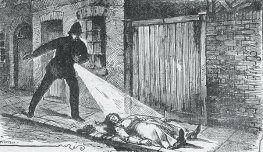
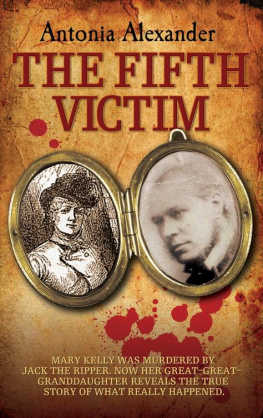
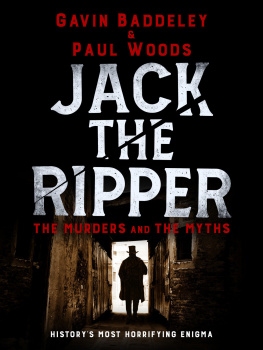
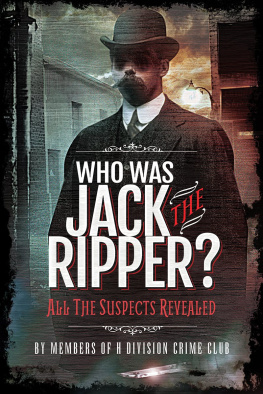

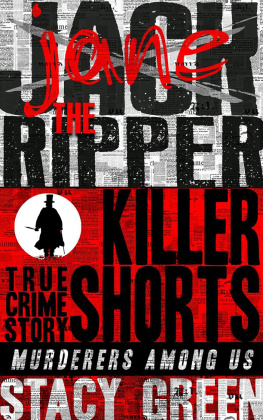
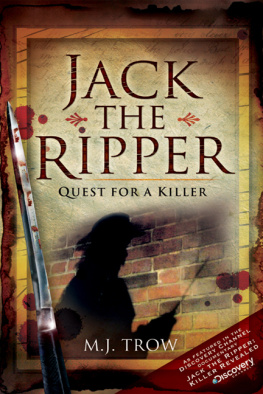

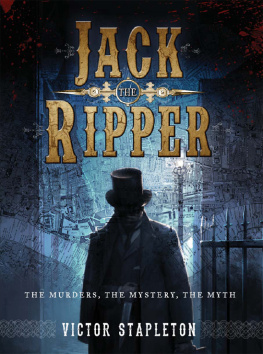
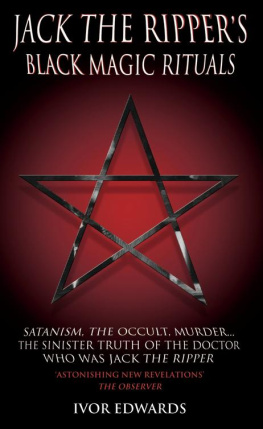

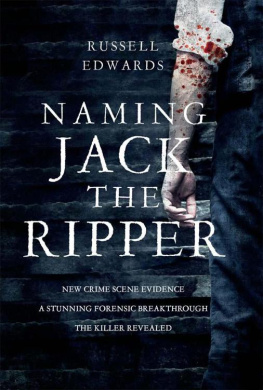

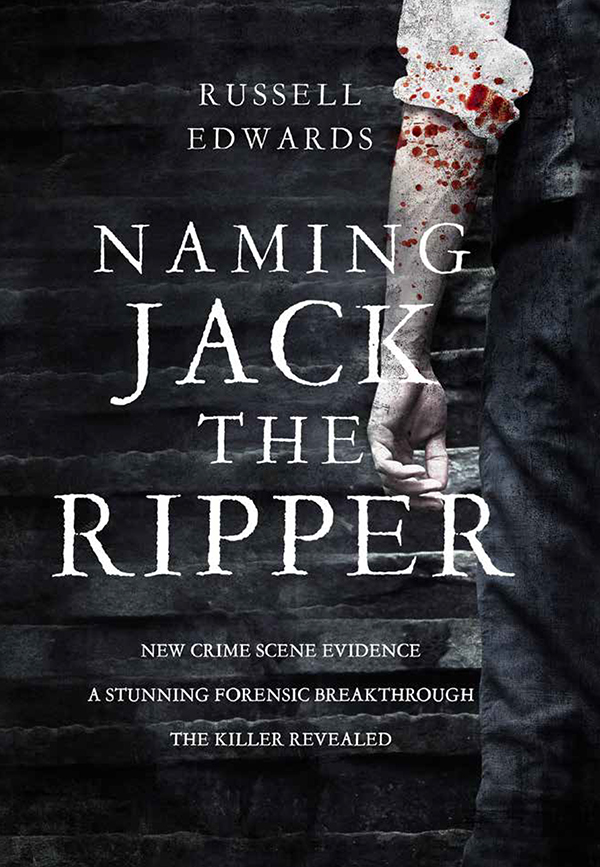



 The paper used in this publication meets the minimum requirements of American National Standard for Information SciencesPermanence of Paper for Printed Library Materials, ANSI/NISO Z39.48-1992.
The paper used in this publication meets the minimum requirements of American National Standard for Information SciencesPermanence of Paper for Printed Library Materials, ANSI/NISO Z39.48-1992.